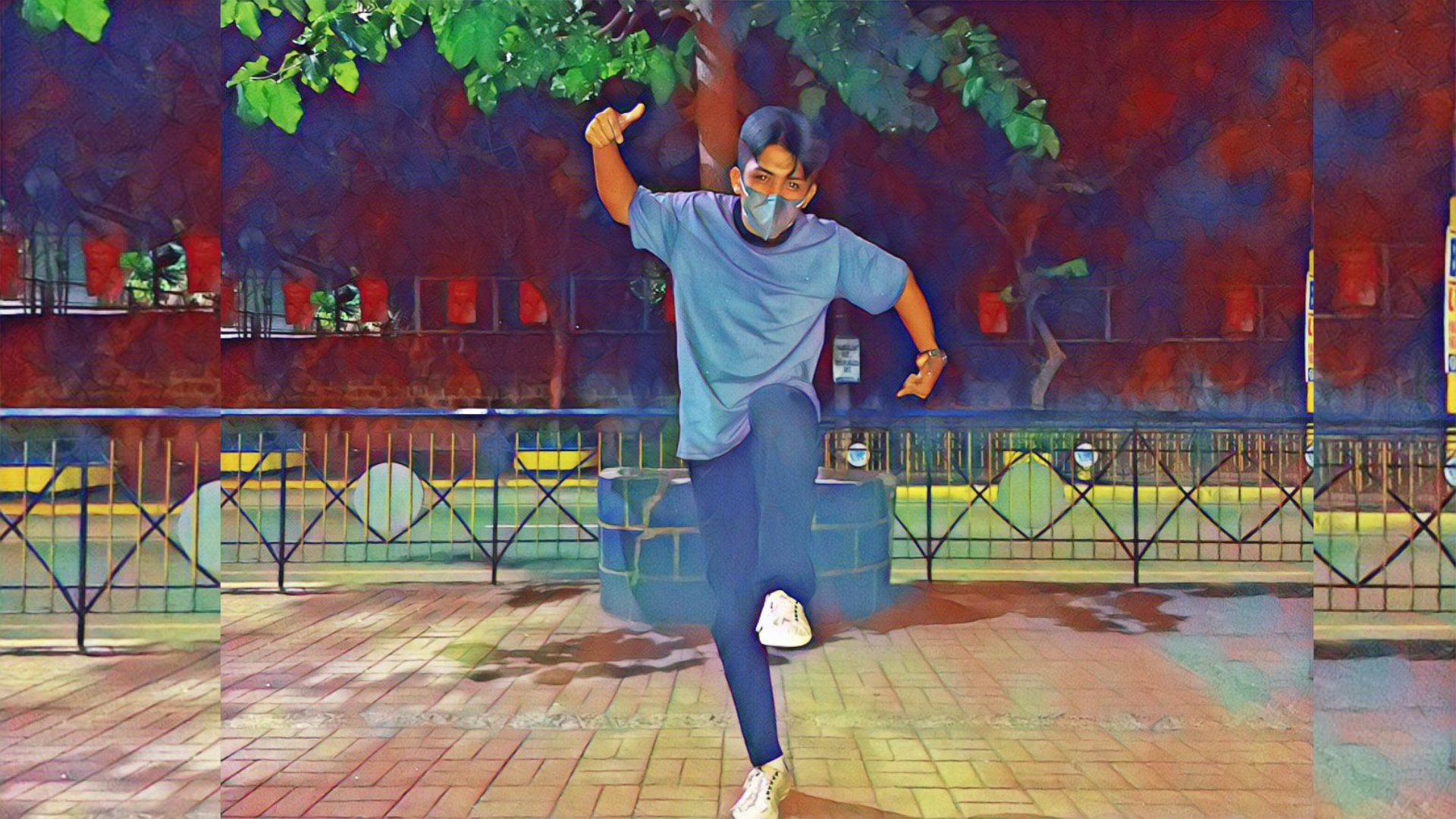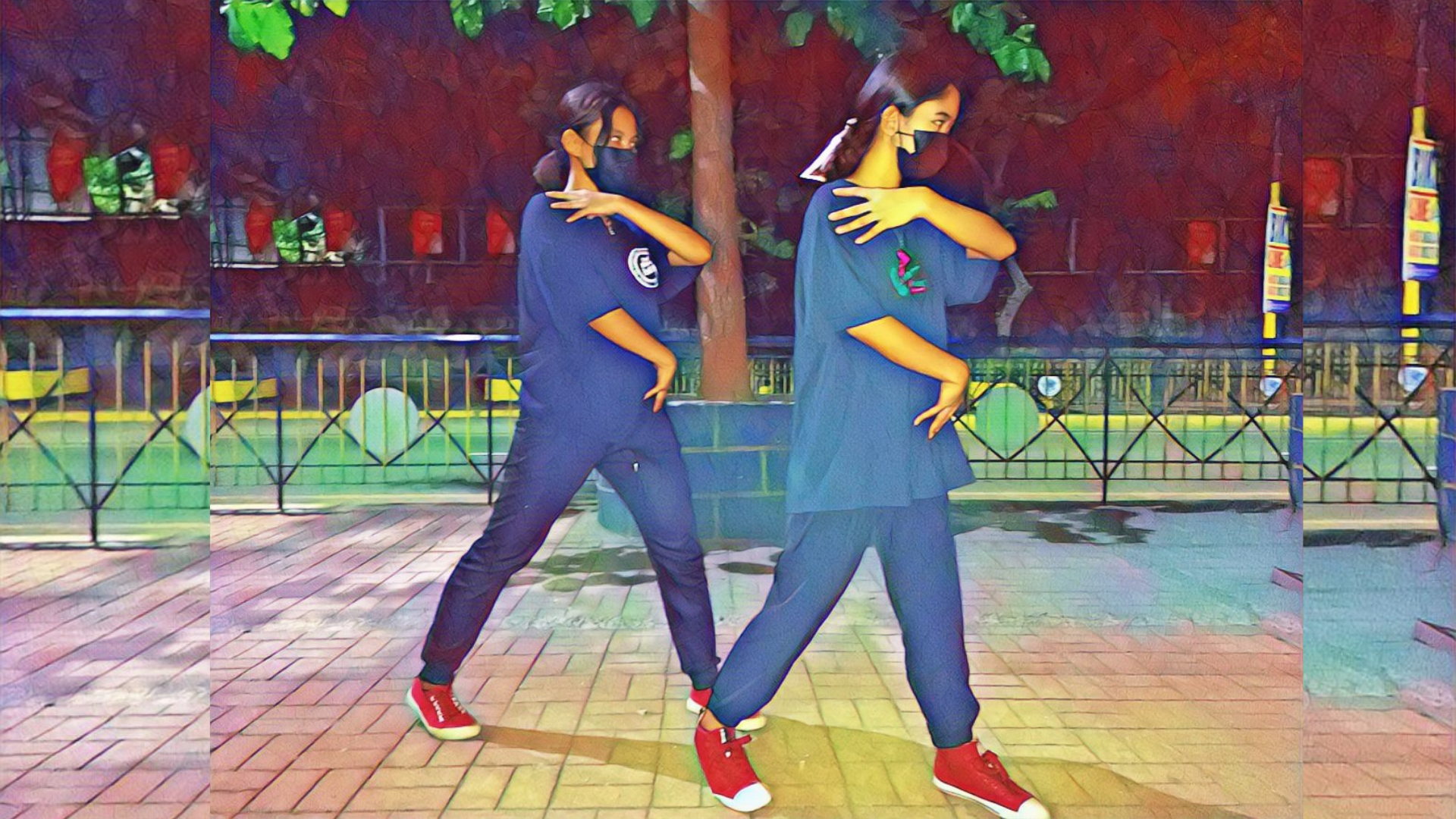Physical Education
Physical Education is said to be an education physically. The main goal of this is to expand student's understanding on certain action and welfare, and physical capability to make use of this to present in a wide range of activities together with the progress of an active and daily good habits. It also builds up the confidence of students and basic skills, specifically in terms of communication, collaboration, creativity, critical thinking and aesthetic appreciation.
Physical Education's main goal of this is to produce and enjoy every day physical activities with relief. Skills can be built also by kids that is needed to cooperate in a long range of activities like swimming, soccer, basketball, or physical education class that arrange kids to be physically and mentally active and ready to adulthood. Successful program about physical education should have lesson, trained PE instructors, adequate instructional periods and evaluation of students.
Motor Learning
Motor learning is sad to be similar to the development of motor skills and capability. It is also a structure that is part of programs related to physical education. There’s a three developmental stages of motor learning that needed to be taught in school. They also provide examples that can be improve to provide the needs of students.
Happens for a long span of time performing during which motor acuity, it’s the capability to perform actions appropriately, effectively and in short span of time.
Deals with the study of the development of skilled movements along with repetitions or other learning-associated components.
It also stated that Motor learning experts at colleges and universities play an important role in undergraduate and postgraduate individuals.
Dance
Dance enhances heart health, increases endurance and coordination, improves mental function, and relieves stress, all while putting little strain on the body. Dance stimulates the brain on multiple levels: you must remember the steps, know how to transition from one movement to the next, stay in sync with the music and other people, and keep your balance while doing all of this.
All form of dance has its own language, as well as characteristics that are unique to it. The separation of different bodily parts, the grounded-ness of body's weight, and a rhythmic physicality are all stressed in Jazz and Hip Hop. Hip Hop's focus on society is indeed a key foundation; in group settings, there's also a call and response element that necessitates intuition and innovative thinking. The body's connection to space, as well as to self and other, is emphasized in the many distinct approaches used in modern dance. Learning a range of dance genres allows you to be more versatile in how you can interpret movement and choreography with your body.
Folk dance is a type of dance made by a group of individuals to represent a country's or region's culture and traditions. Folk dancing, as opposed to upper-class dance, depicts the dance styles of the ordinary people. Folk dances can develop naturally among groups of individuals or they might be derived from prior styles. Free-form or rigorously structured styles are also acceptable. Folk dance routines are passed from generation to generation and refuse to change once they've been created. Folk dancing is often linked with social events, but some dances are also competitively performed, and in some areas, folk dancing is also used in cultural awareness.
Several studies believe that dance integrates a variety of activities in uncommon ways, resulting in unique outcomes. After all, dancers must concentrate on stability, movement, grace, form, coordination, agility, synchronization, flexibility, rhythms, timing, and memory while keeping time with the music. These complicated and enjoyable activities seem to work together to build and maintain high overall health far into our golden years.

